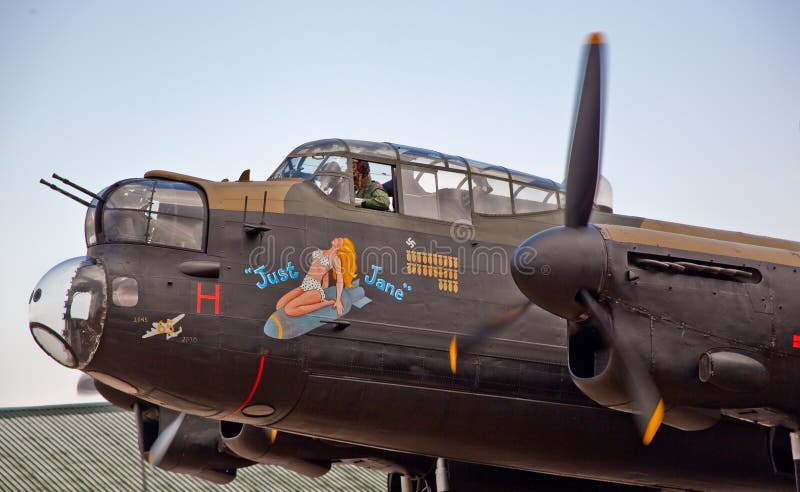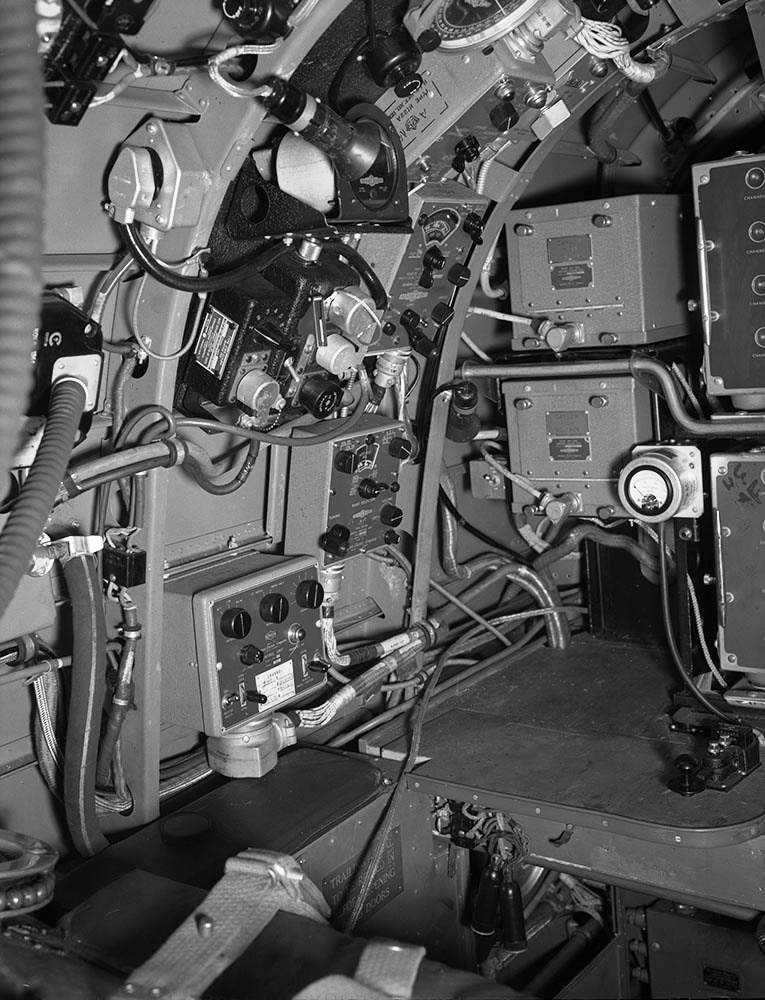


This recording was made of the crew inside a Lancaster bomber during a raid over Berlin in September 1943. Chocks away Bomber Crew is a strategic simulation game, where picking the right crew and keeping your bomber in tip top shape is the difference between completing your mission or losing it all USAAF DLC NOW AVAILABLE FLY THE ICONIC AMERICAN BOMBER Release Date: Developer: Publisher: 0:00 / 0:00.

'A fascinating and fast-paced account of the exploits of an Avro Lancaster bomber crew from 97 Squadron RAF' The Herald. A Lancaster bomber crew recorded during a raid. This book has a heart and soul' The Times. the aircraft has an exceptional flight safety record Five crew killed. Price has given the bomber offensive a human face. on November 17 raf abingdon phantom crash Lancaster NE132 near Harlech. 'A sensitive account of the bomber's life. The drama and anxiety of individual missions - to Kassel, Munich and Augsburg as well as Berlin - is evoked with thrilling immediacy while the military events and strategic decisions that drove the RAF's area bombing campaign against Nazi Germany are interwoven deftly with the narrative of the crew's operational careers. Gloucestershire-born bomb aimer Ken Cook, hard-bitten Australian pilot Jim Comans, Navigator Don Bowes, Upper Gunner George Widdis, Tail Gunner 'Jock' Bolland, Flight Engineer Ken Randle and Radio Operator Roy Woollford were seven ordinary young men living in extraordinary times, risking their lives in freedom's cause in the dark skies above Hitler's Reich.įrom their earliest beginnings - in places as far apart as a Cotswold village and the suburbs of Sydney - through the adventure of training in North America and the dread and danger of the forty-five bombing raids they flew with 97 Squadron, David Price describes the crew's wartime experiences with human sympathy allied to a secure technical understanding of one of the RAF's most iconic aircraft. The Crew, based on interviews with Ken Cook, the crew's sole surviving member, recounts the wartime exploits of the members of an Avro Lancaster crew between 1942 and the war's end. However, vision was limited and most groups did without the extra weight of this gun.A moving tribute to the sacrifice and bravery of the fliers of RAF Bomber Command. In some models, the radio room contained a machine gun, which fired out of the roof to the rear. On either side, racks hold bombs on the way to the target.īehind the bomb bay sits the radio compartment, home of the radio operator (position #5), a technical sergeant in charge of the multiple radio communication and navigation devices on board the plane. Heading back from the cockpit, we walk through the bomb bay along a narrow aluminum catwalk. The bombardier operated the right cheek gun in the B-17F, the nose gun in the later B-17F models, and the chin turret guns in the B-17G. A fascinating and fast-paced account of the exploits of an Avro Lancaster bomber crew from 97 Squadron RAF The Herald. The togglier released the bomb on the signal of the lead aircraft in the formation but did not operate the Norden. Later in the war, fewer bombardiers were trained, and a “togglier” served in most planes. He operated the Norden bombsight, a complicated piece of machinery that took into account the plane’s speed, wind speed and direction, and drift to more precisely hit the target. A lieutenant, the bombardier was responsible for loading the bombs on the ground, arming the bombs in flight, and most importantly, for accurately aiming and dropping the bombs. The bombardier also served in the nose compartment (position #2). In combat, the navigator was responsible for the left cheek gun (in the B-17F) and for both cheek guns in later models of the B-17F and in the B-17G. Although B-17s flew in large formations, each plane had to be able to find its way to the target and home if separated from the group. The navigator, a lieutenant, sat at a desk at position #3, where he carefully charted the plane’s position and course using dead reckoning, pilotage, radio aids, and even celestial navigation. The nose compartment was separated from the cockpit by a narrow crawlway. Close-up view of nose of Collings Foundation B-17G Nine-O-Nine, Buchanan Field, Concord, CA, June 2013 (Photo: Sarah Sundin)


 0 kommentar(er)
0 kommentar(er)
